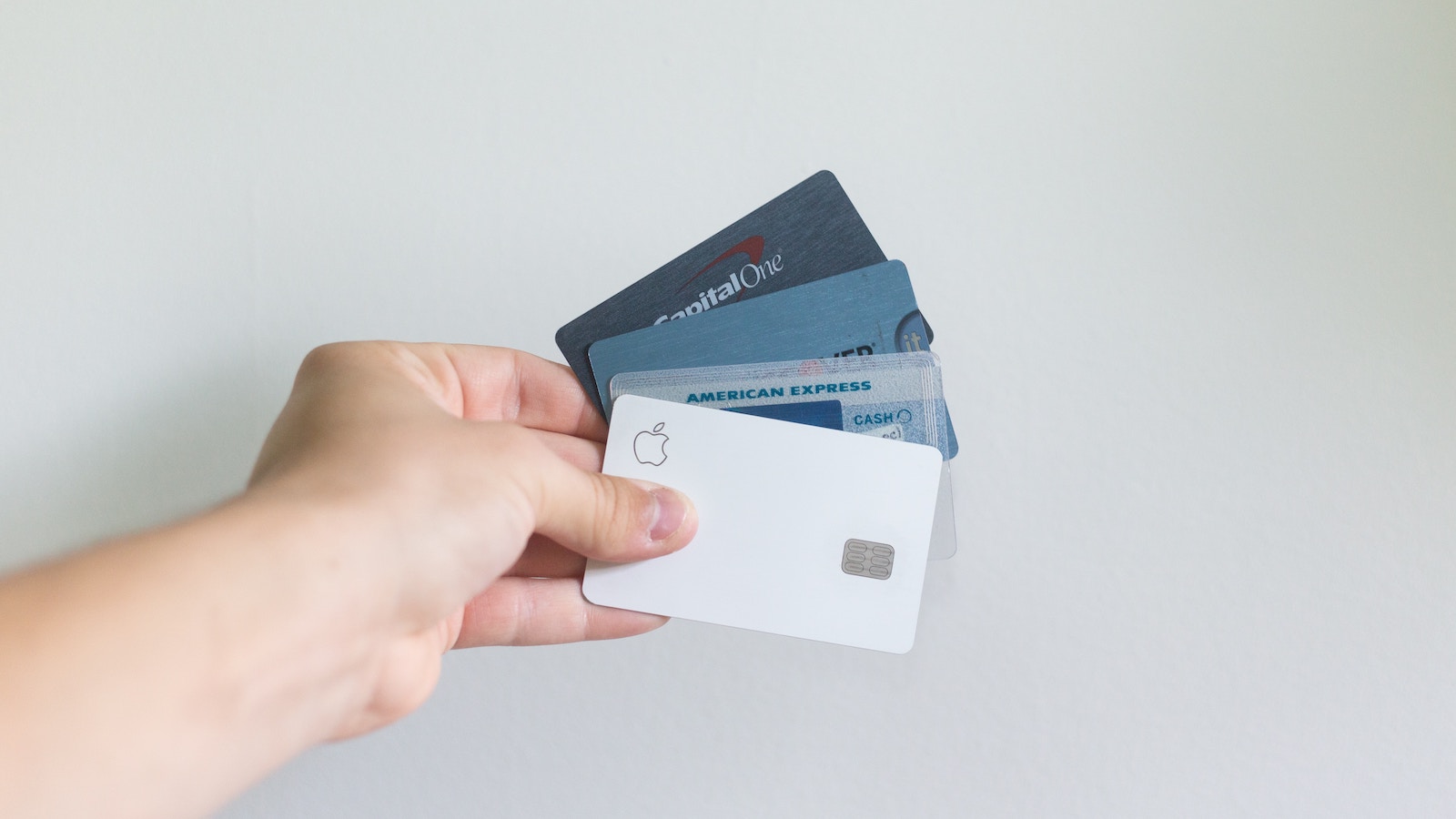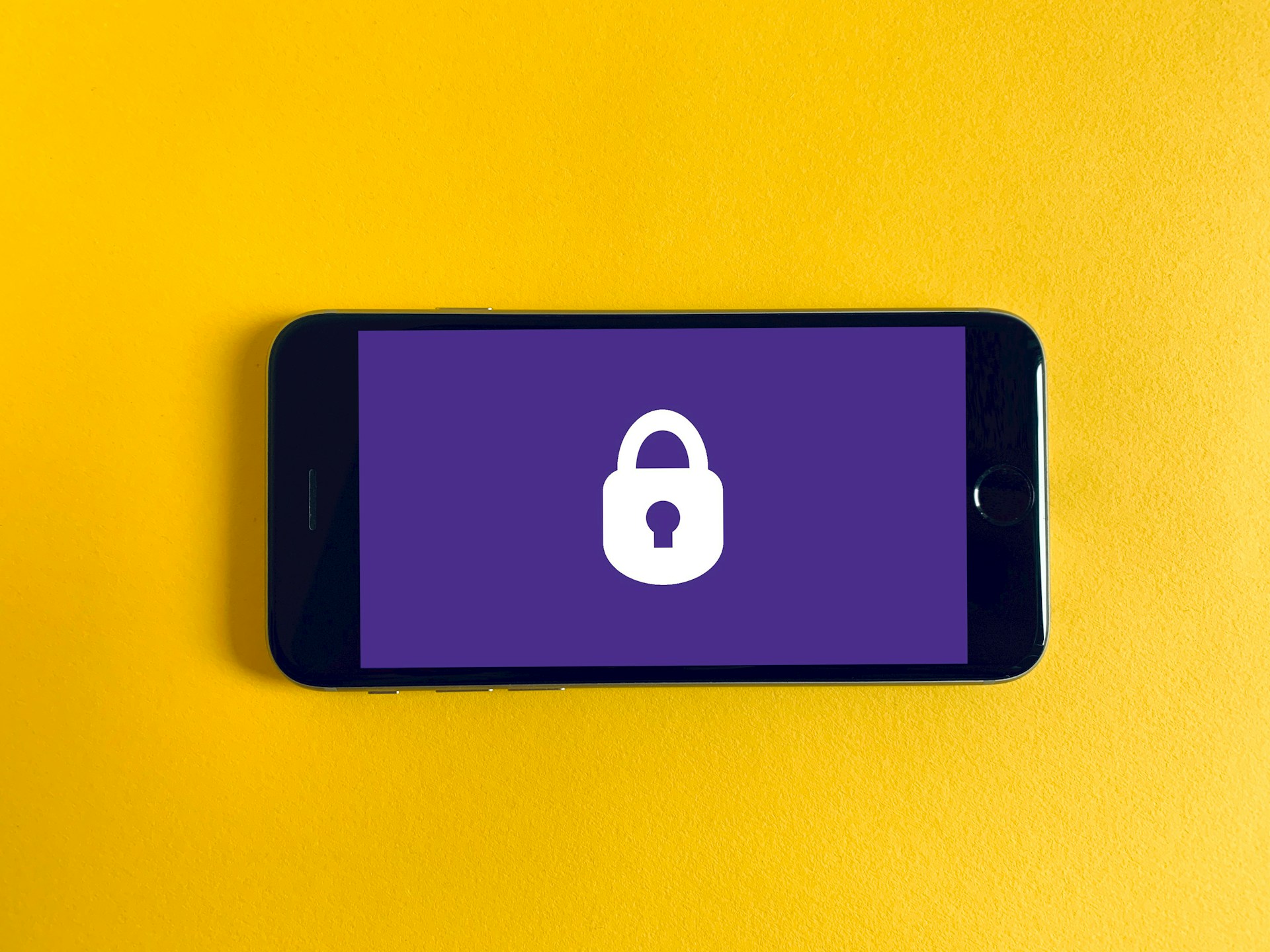
How to apply for a credit card
Young people often find it easier to qualify for a student credit card with a low limit.

You almost have to have some sort of plastic card in today’s society, whether you’re reserving an airline ticket or hotel or shopping online. Debit cards are an option, but you should never have a debit card connected to your primary checking account.
And reality is you need to build a credit record to qualify to get a cellphone account, rent an apartment without a co-signer or get a better insurance premium. And at some point, you may want a credit history to qualify for a car loan or mortgage,
Credit cards are one of those chicken-or-egg things. It’s difficult to get a credit card without a co-signer if you don’t have a credit history, and it’s difficult to build a credit history without some sort of credit card or loan. (Bank accounts and debit cards don’t count.) An option is for a parent or trusted close relative to agree to add you as an authorized user on their existing account. You don’t even have to have a card or use the account; the credit history automatically flows to your credit history. Of course, you want to trust that person has a good payment record and low balance on that account or it will hurt you.
So what should you do to apply for a credit card?
- Don’t just try to find a credit card by doing an online search. You could end up on a scam site that wants to steal your personal information.
- If you don’t have a credit history, you should consider applying through the bank where you have your checking account or look for a student credit card. These cards often have low credit limits ($500 to $1,000 to start) and more lenient requirements.
Here are two good resources for beginning your search:
Bankrate’s Top student credit cards of August 2023 and Nerdwallet’s 4 Excellent Student Credit Cards of 2023. - Understand that you’ll have to provide your Social Security number and other personal information. This is fine, as long as it’s a reputable company, such as Discover or Capital One or Chase, and the site begins with “https.”
- Realize you may have to pay a small annual fee for that first card, maybe $25 or $50. It’s not unheard of. After a year or two, you can request the annual fee to be dropped, or else you’ll cancel the card. By then, you should have enough of a credit history to qualify for a card without an annual fee.
- Don’t apply for multiple credit cards at the same time. In fact, apply for one. If you get denied, maybe consider a second. Don’t go for more than that.
- If all else fails, you could choose to get a secured card, which is much easier. It basically requires you to deposit money into an account to begin with and draw from it. But it is a way to start building a credit record.

Consumer Tips
Topics
Authors
Teresa Murray
Consumer Watchdog, U.S. PIRG Education Fund
Teresa directs the Consumer Watchdog office, which looks out for consumers’ health, safety and financial security. Previously, she worked as a journalist covering consumer issues and personal finance for two decades for Ohio’s largest daily newspaper. She received dozens of state and national journalism awards, including Best Columnist in Ohio, a National Headliner Award for coverage of the 2008-09 financial crisis, and a journalism public service award for exposing improper billing practices by Verizon that affected 15 million customers nationwide. Teresa and her husband live in Greater Cleveland and have two sons. She enjoys biking, house projects and music, and serves on her church missions team and stewardship board.
Find Out More

Food for Thought 2024

Is Alexa always listening? How to protect your data from Amazon

Safe At Home in 2024?
